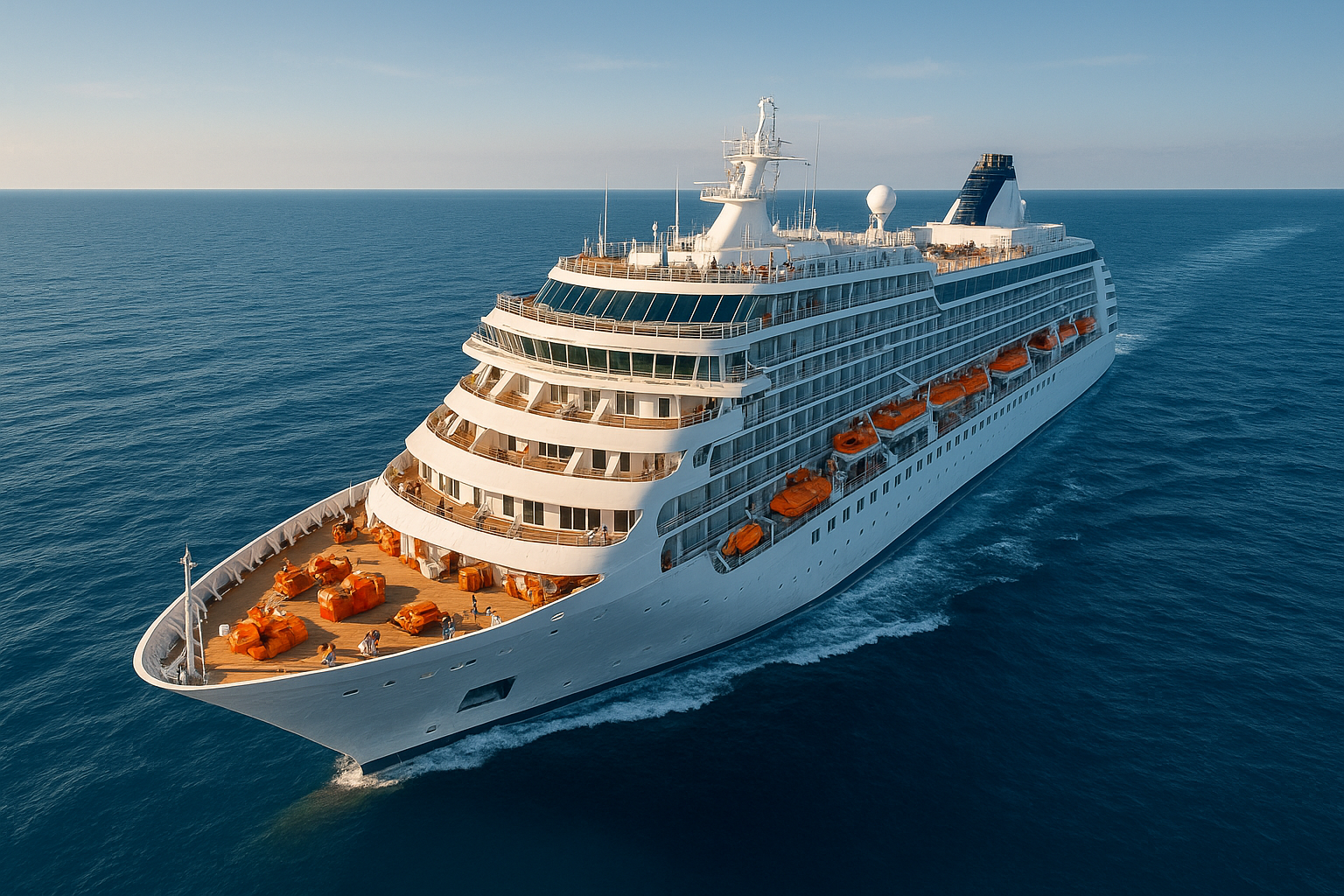
Passenger Safety at Sea: A Comprehensive Guide to Maritime Safety Protocols and Procedures
Safety First, Always
The Reality of Maritime Safety
Who's Watching Over Maritime Safety?
What This Guide Covers
Cruise Ship Safety: A Class of Its Own
Emergency Equipment: The Tools That Save Lives
Emergency Systems: The Invisible Safety Net
What Passengers Need to Know
Bridge Safety: The Command Center
Help Is Never Far Away
Personal Safety Equipment
Safety Drills: Practice Makes Perfect
Medical Emergencies: When Health Issues Arise
The Bottom Line
Share This Article
Related Articles
Continue reading with these related articles

Cruise Ship Passenger Safety: Essential Guidelines for Safe Voyages
Discover essential cruise ship passenger safety guidelines, from emergency procedures to onboard safety measures. Learn what to expect during your cruise and how cruise ships keep passengers safe at sea.

Medical Emergencies at Sea: Onboard Medical Facilities and Emergency Medical Response
Discover how medical emergencies are handled at sea, from onboard medical facilities to helicopter medevac flights. Learn about cruise ship medical centers, hospital ships like USS Mercy and USS Comfort, and emergency medical response procedures.

Ship Safety Drills: What Passengers Need to Know About Emergency Training and Procedures
Learn about ship safety drills and emergency training procedures. Discover what passengers can expect during safety drills, how crews practice emergency procedures, and why these drills are essential for maritime safety.

Emergency Procedures and Safety Equipment on Ships: What Every Passenger Should Know
Learn about emergency procedures and safety equipment on ships, including fast rescue boats, lifeboats, and liferafts. Discover how ships are equipped to handle emergencies and keep passengers safe at sea.
© 2025 The Salty Mariner. All rights reserved.
